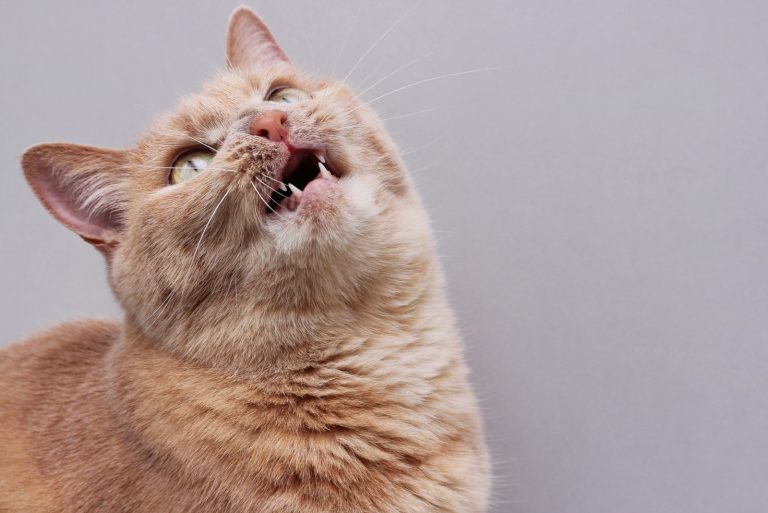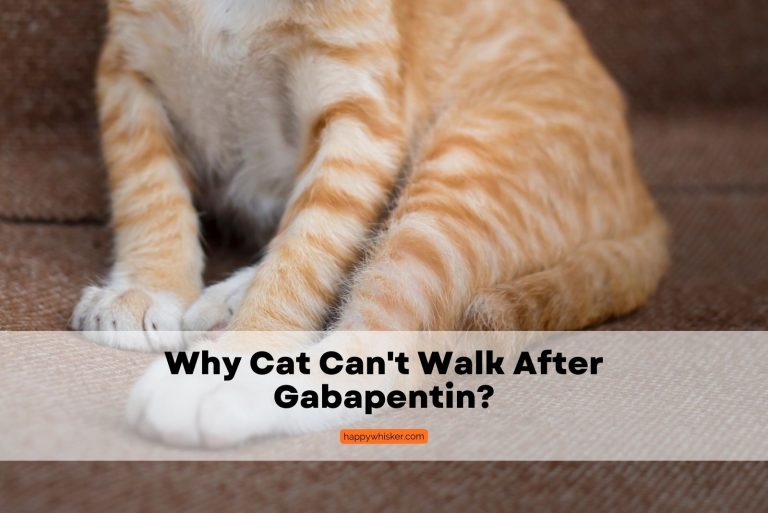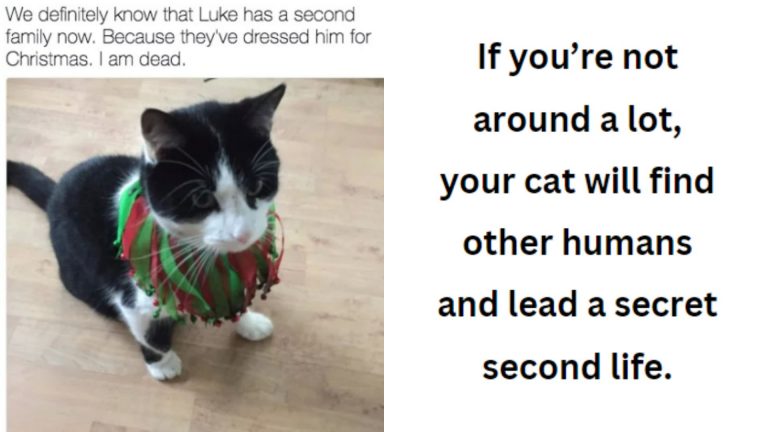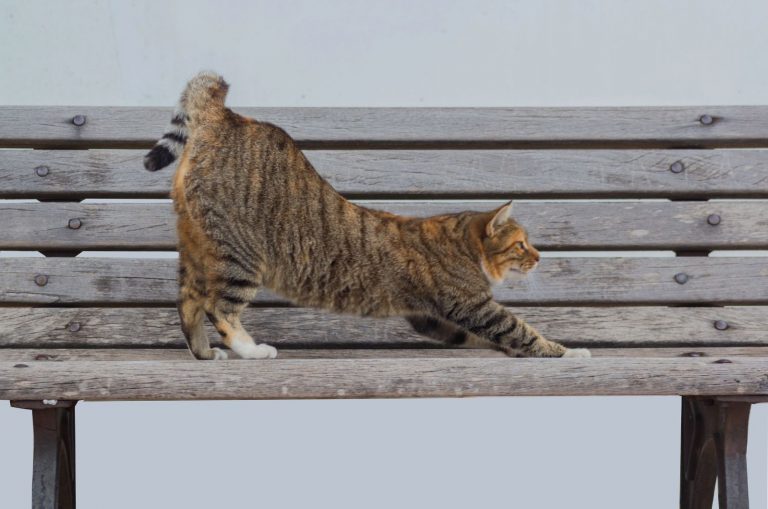Cat Nose Crusty Black – Getting Rid Of Those Black Boogers
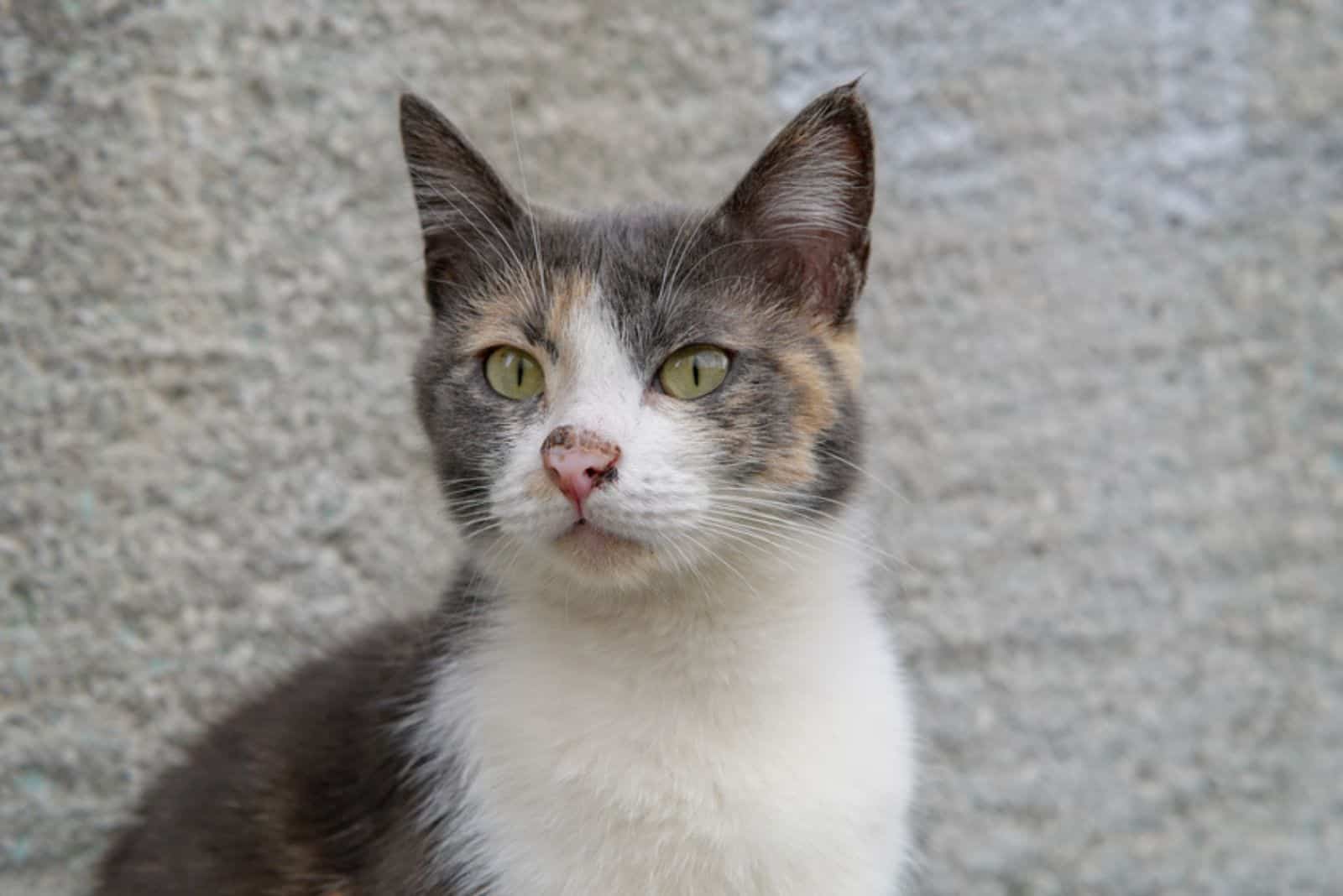
Although the topic of nasal discharge, boogers, and scabs is not the most pleasant one, it definitely is an important one!
Nasal discharge and boogers are indicators that can give us insight into a cat’s heath. When the quantity and color change to become an abnormal amount or an unusual color, it might be a sign that something is wrong with your cat’s health.
It is perfectly normal for a cat to sometimes have some extra nasal discharge, which then dries out and forms boogers in and around your kitty’s nose. However, black boogers that form a black crust around your cat’s nose – that is definitely not normal.
If you’re wondering What’s that black stuff on top of cat’s nose or why does my cat have black boogers – you’ve come to the right place.
Let’s explore the causes of crusty black bits around that cute cat nose, as well as how to get rid of black crusts around your cat’s nose!
Cat Nose – Crusty Black Buildup: Should You Be Worried?
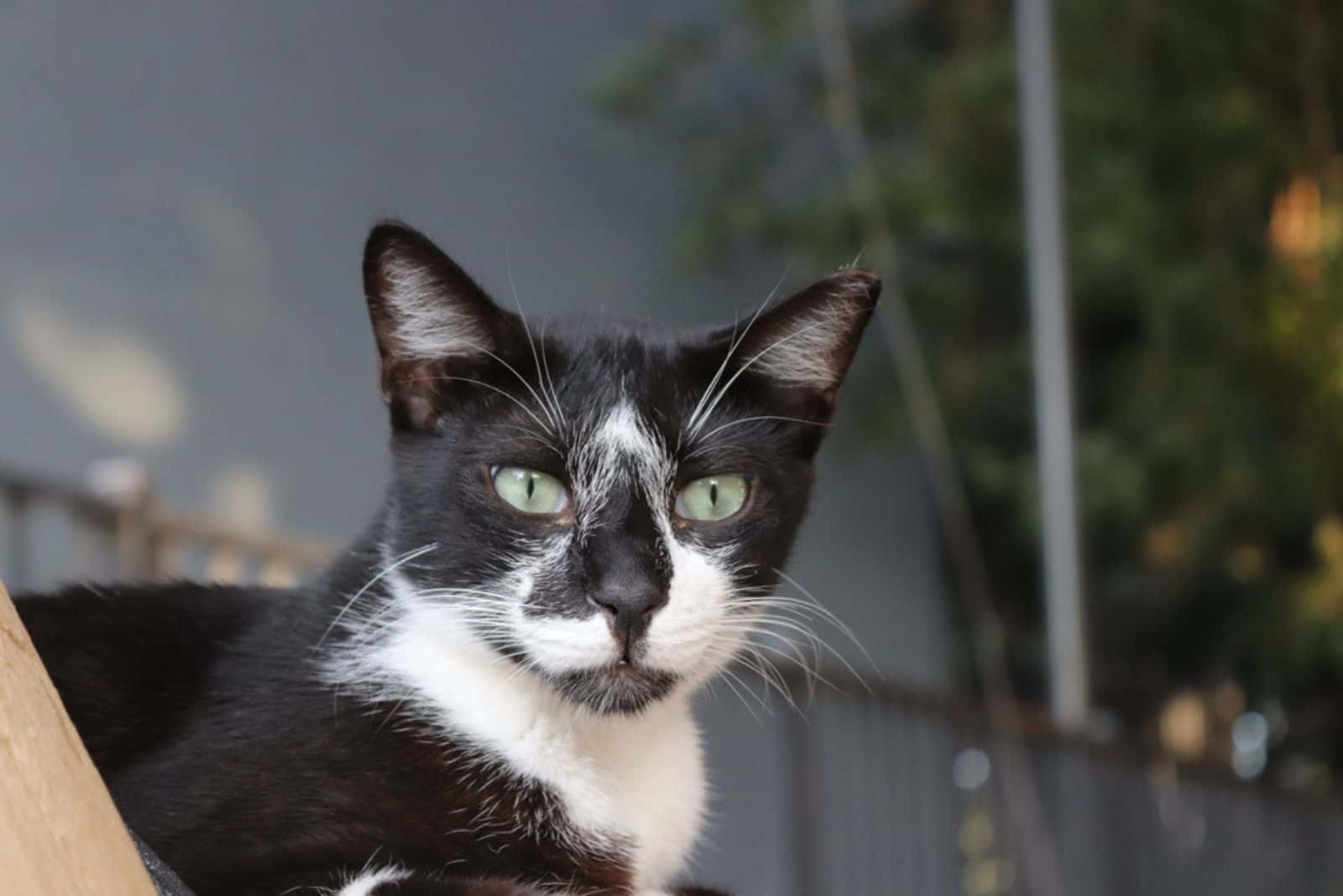
A black crust around cat’s nose or inside the cat’s nose is not necessarily a huge cause of concern, but it really depends on what’s causing it.
Some causes are minor (and even silly, as you’ll see!), while others suggest a more serious health issue.
For example, the cause of that black buildup can be as simple as a bit of garden dirt that got stuck to your cat’s nose as they were exploring the garden. On the other hand, it can be a sign of an upper respiratory infection, which sometimes needs veterinary care.
If the black stuff in cat’s nose does not go away after a few days, or your cat develops other symptoms, it’s best to visit a doctor of veterinary medicine (DVM).
Now, let’s have a look at what could be causing those black crusties in cat’s nose!
What Could Be Causing Black Crusts Around My Cat’s Nose? 11 Potential Answers
There are multiple potential causes of your cat’s issue, so let’s take a look at some of the most common causes and see if any of them might explain your own cat’s issue.
1. Powder From Kibble
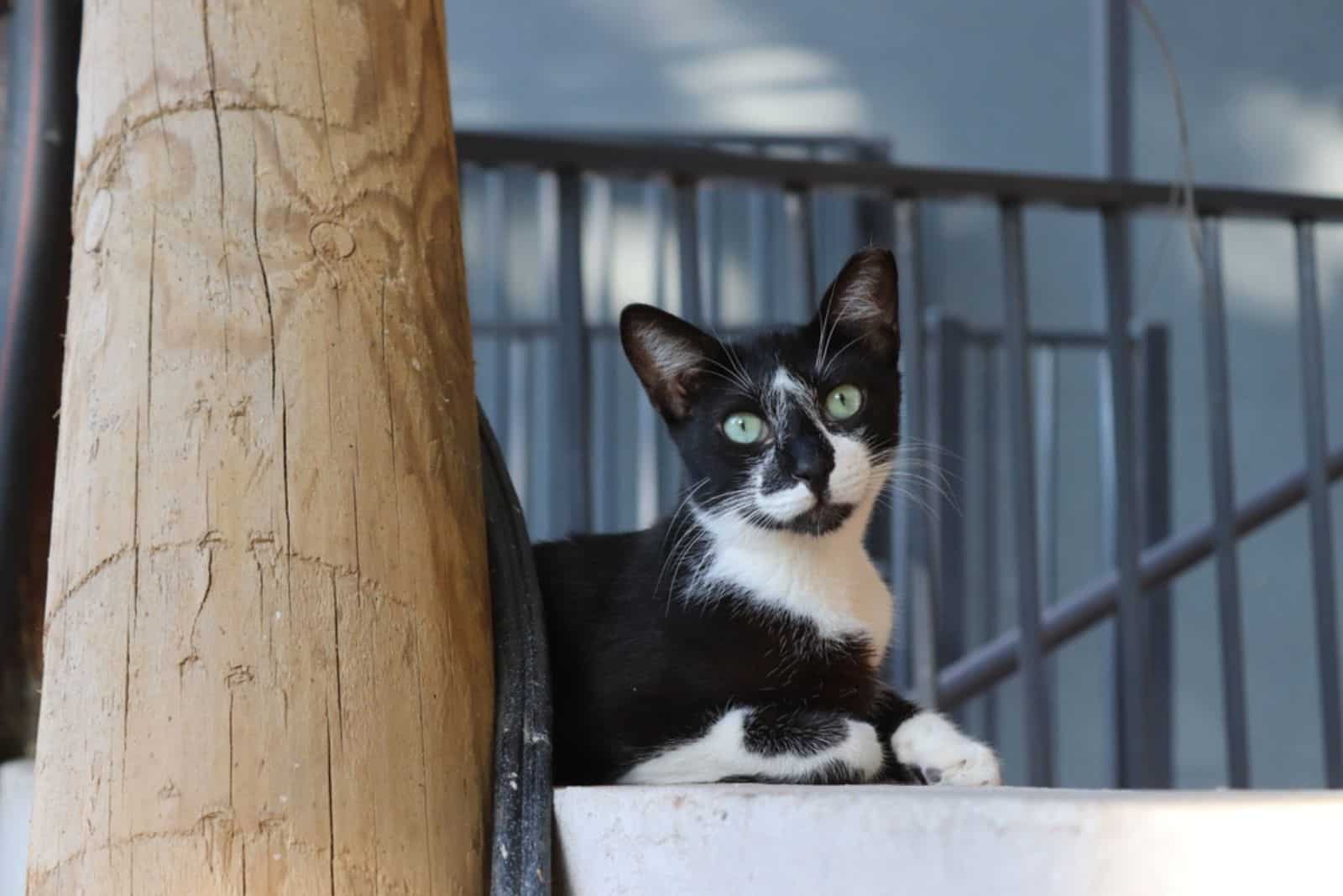
As I said, not all causes of black crusties are serious health issues – some are actually pretty simple! The black crust around your kitty’s nose could simply be dust residue from the dry kibble cat food your cat has been eating.
If your kitty has a wet nose, it is highly possible this little wet nose picked up some kibble powder, creating some buildup in or around the nose. If the kibble is a darker brown color, there you have it – dark-colored black crust on cat’s nose!
2. Dirt Or Dust
Our feline friends are very curious creatures. Given their amazing sense of smell and love of adventure, you may find you have a very explorative little pet.
Your cat can easily pick up dirt, fluff, or dust on their nose, especially if they have been spending time sniffing around their territory, looking for ‘clues’ in different places such as:
• On the floor of the home or garage
• In the litter box
• Under furniture, beds, or in dusty areas
• On outdoor ground, mud, or grass
This is especially true if your cat has a wet nose, or they have a runny nose. Either way, dirt and dust can stick to your kitty’s nose, drying out to create a black crust.
If a cat has black boogers in nose and eyes and you live in an area with air pollution, it could be due to air pollutants and dust mixing with the normal mucus of your kitty’s nose and eyes, creating black eye and nose boogers.
3. An Injury That Created A Scab
Black stuff around cat’s nose can be a result of a nose injury your cat has sustained.
It doesn’t matter whether you have multiple cats in the house, have got a new kitty, or you have one cat that likes to take a walk around the neighborhood – almost all cats will get into a cat fight once in a while.
Perhaps another cat’s paw scratched or injured your cat’s nose, causing an injury that bled a little bit. As the blood dries out at the bottom and around the nose, it can create a black scab.
If this is the case, check to make sure your cat does not have any other cat fight injuries that need treatment.
Related: Warning Signs When Introducing Cats And How To Do It Properly!
4. Foreign Object In The Nasal Passage
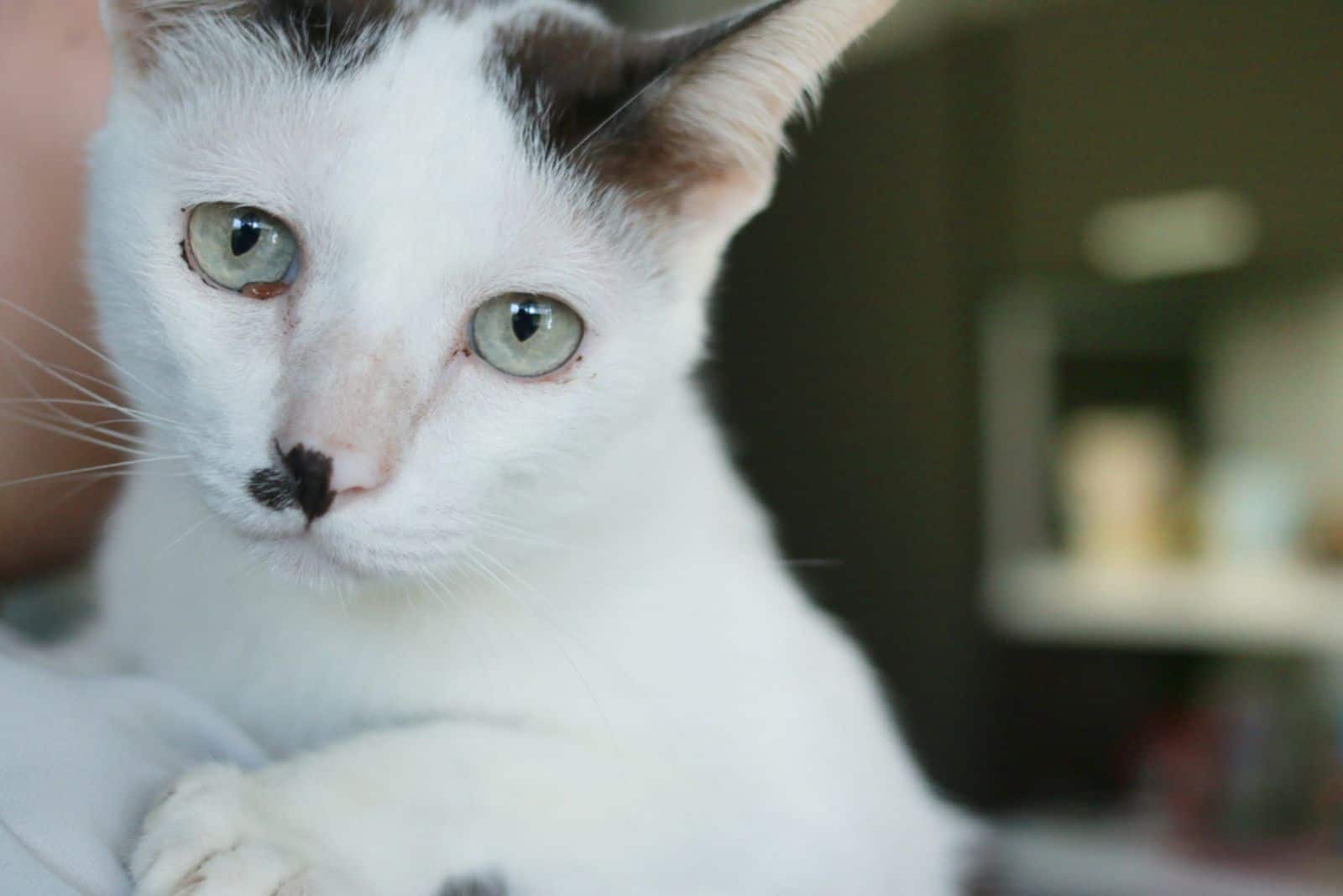
You may observe your cat sniffing every corner and smelling everything they come across as they explore new environments. Unfortunately, this normal activity could result in your pet inhaling seemingly harmless things by accident. Fluff, carpet lint, crumbs… anything small enough to be inhaled into the nose can become a problem.
Normally, if a cat inhales something strange, they can expel it by coughing or sneezing. If your cat does have something lodged in the nose, it might keep sneezing but seem fine otherwise.
Sometimes, sneezing isn’t enough and the cat will try to dislodge the object by pawing at their nose. This can result in a scratch that bleeds, and when the blood tries out, it creates a black crust.
Rarely, the foreign object can damage the nasal passages, causing the cat to have some bloody nasal discharge, which can also dry out and create a black crust around your kitty’s nose.
5. Upper Respiratory Infection (URI)
Feline upper respiratory infection is very similar to the common colds that humans experience. It is a viral or bacterial infection of the lining of the nose, throat, and sinuses.
With feline URI, the cells lining the cat’s respiratory system become inflamed and create more mucus than usual. These excessive amounts of mucus nasal discharge can dry and form dark-colored crusts around your kitty’s nose.
Apart from the crusties around your cat’s nose, you might also notice the following symptoms of feline URI:
• Having difficulty breathing (resulting in a cat sounding congested)
• Fever
• Lethargy
6. Lentigo
If you notice brown or black spots on your cat’s nose, lips, gums, or even the edges of the eyes, it is most likely a case of lentigo. This is a condition usually observed in orange and similar-colored cats.
This hyperpigmentation is brought on by an increase in the number of pigment-producing cells. Usually, lentigo presents as small, black spots which grow larger as the cat ages.
Related: Black Specks: Acne Or Flea Poop On Cat Chin?
Do not worry! Lentigo is completely harmless and causes no health issues to the cat. It is always best to get any changes in pigmentation checked out by a veterinarian, just so you can rule out other potential causes of black spots (such as feline melanoma).
7. Feline Herpesvirus Infection
Feline herpesvirus is a common, easily transmitted virus that attacks cats. Although infections can occur at any age, young cats are especially susceptible. The risk of infection is much higher for cats living in multi-cat households, shelters, rescue organizations, and catteries.
Sneezing and nasal discharge in cats are the most frequently observed symptoms of this condition. Loss of appetite, sudden lethargy and weakness, eye discharge, conjunctivitis and fever are also common. Dried mucosal nasal discharge can appear as dark-colored crusts around your cat’s nose.
Two main “target areas” of this virus are the upper respiratory tract and the eyes. However, the virus can also damage the bones in the nose and mouth if it is not treated promptly, so this viral infection can have long-term consequences.
8. Fungal Infection
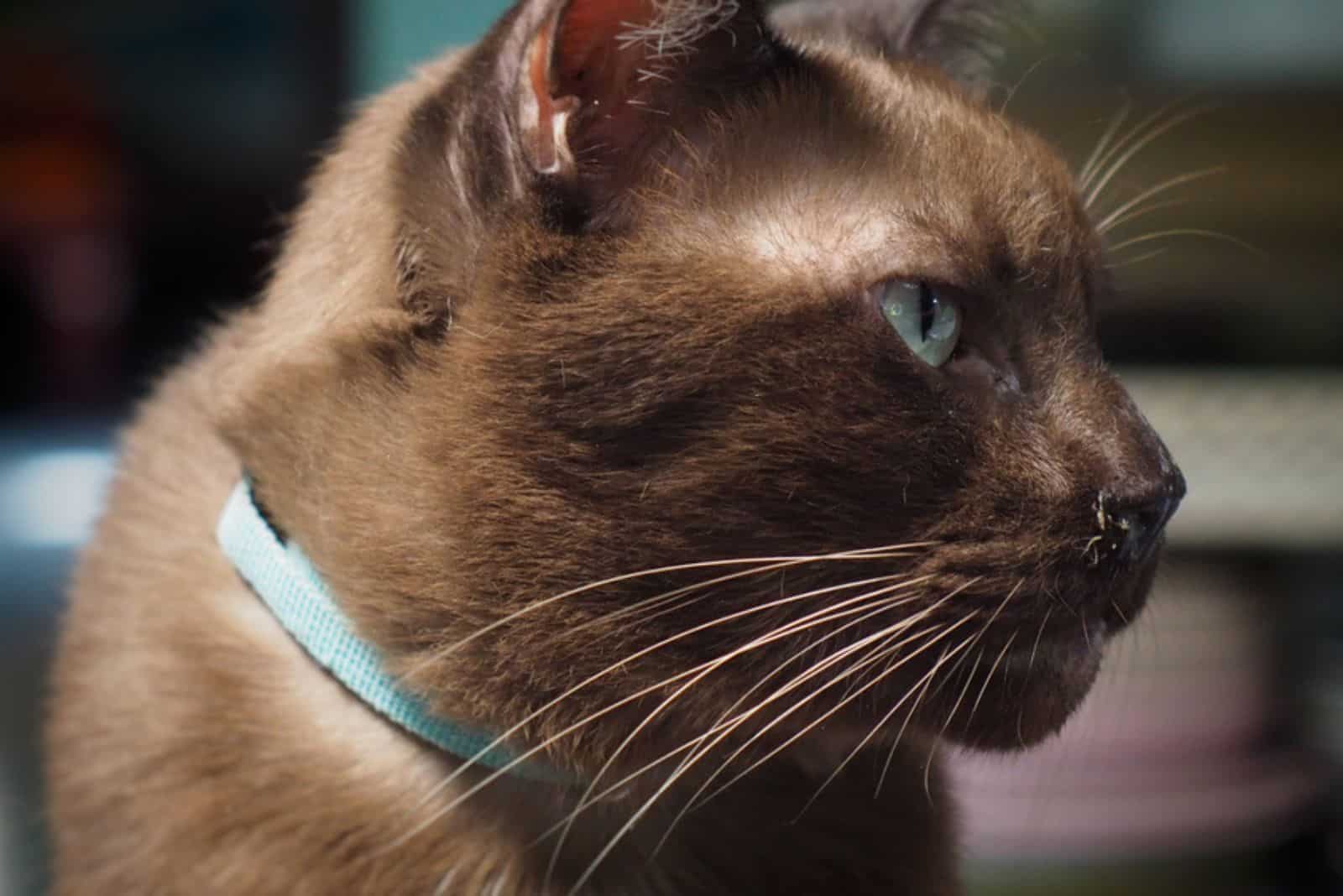
Apart from bacteria and viruses, fungus is another type of organism that can cause health issues for your feline friend. Both a healthy cat, and a cat with compromised immune system can develop a fungal infection.
The majority of fungi grow under soil, where they wait to be inhaled or consumed by cats and other animals. They are also able to enter via the skin (through a cut, wound, or other open sore).
There are many different type of fungi that can cause a wide variety of symptoms, but the most common ones include:
• Loss of appetite
• Fever
• Diarrhea
• Weight loss
• Lethargy
• Difficulty breathing
• Bloody nasal discharge
If you notice that your cat’s nose has small black crusts, it might be the result of bloody nasal discharge drying around the nose.
9. Sinusitis
Sinusitis is inflammation and swelling of the nasal passages. If the inflammation is chronic, the cat might also suffer frequently with bacterial infections.
Symptoms of sinusitis include:
• Sneezing
• Stuffy nose
• Nasal discharge
• Appetite loss
As sinusitis causes an increase in mucous discharge, it’s normal for this to create buildup around your cat’s nose as it dries and forms crusties.
10. Nasopharyngeal Polyps
A polyp is a benign lump that has a low chance of becoming malignant.
Feline nasopharyngeal polyps form in the middle ear, and they may partially obstruct the back of the mouth cavity as they grow. The cat’s breathing can be seriously affected by nasopharyngeal polyps.
Cats suffering from this condition typically produce a unique snorting sound when they breathe as the polyps block the airways. You might also notice your cat’s meow being weak and raspy.
Related: Is Your Cat Snorting? Causes & Solutions For A Snorting Cat
The obstruction of the normal breathing pathway can cause a buildup of secretions that might lead to secondary bacterial infections. If this happens, the cat will start sneezing and producing nasal discharge. This discharge could be clean or it may contain a little blood.
If it contains a little bit of blood and this dries around the cat’s nose, a black crust may be observed.
11. Nasal Tumor
When the cells that line a cat’s nasal airway grow rapidly and uncontrollably, it leads to the development of a nasal tumor. Nasal lymphoma is the most common nasal malignancy in felines.
The main symptom is nasal discharge resembling pus and nasal discharge tinged with blood. When blood comes into contact with oxygen in the air, it turns dark. This dried nasal discharge could be the reason behind your kitty’s nose being crusty black.
Other commonly observed symptoms include nasal obstruction that results in noisy breathing, coughing, loss of energy, facial deformity, etc.
What Should I Do If I Notice My Cat’s Nose Has Black Boogers Or Crusts?
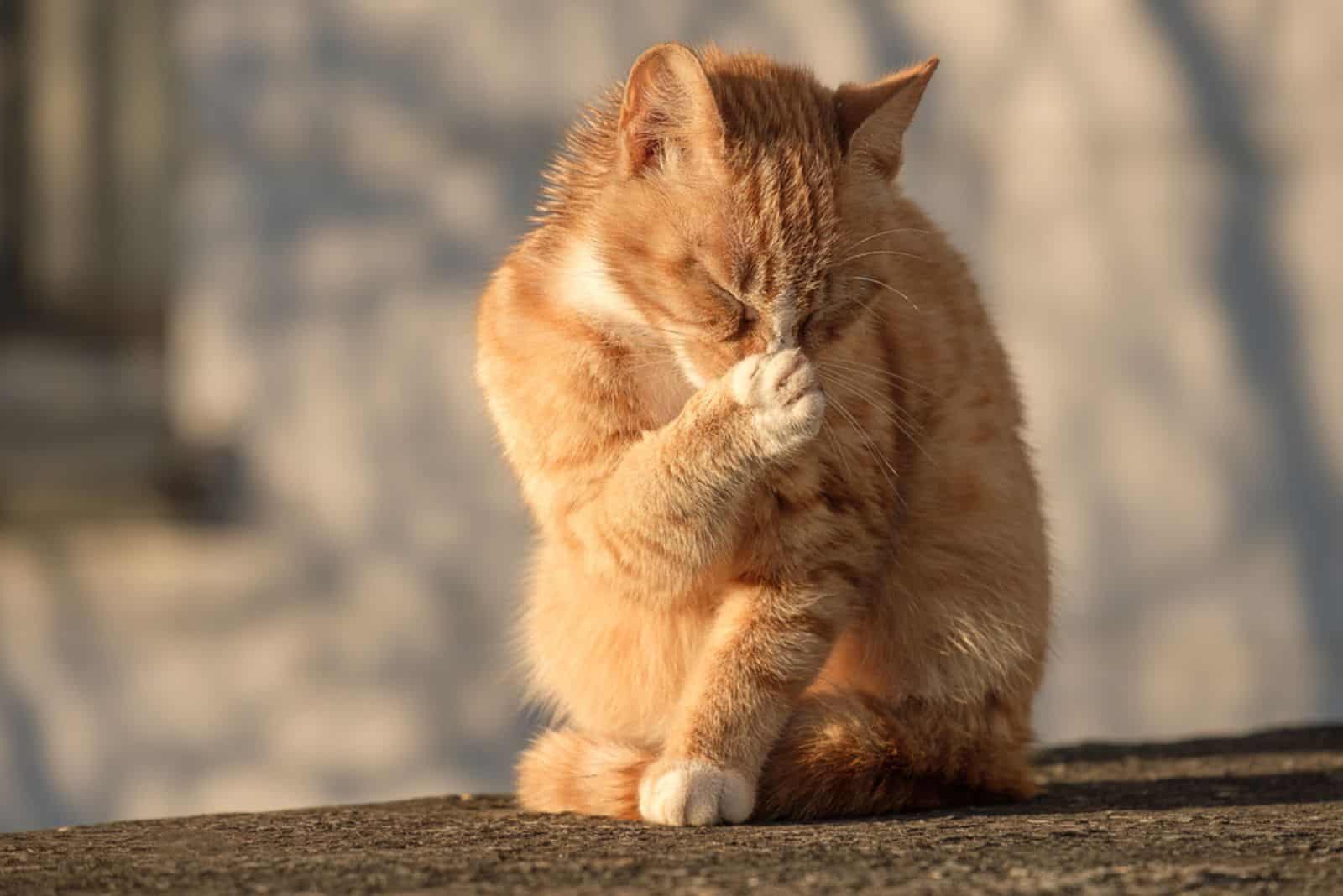
Not all causes of black boogers and crusts need veterinary attention – it really depends on what’s causing the symptoms.
However, considering you cannot know what the cause is, going to the vet is the right thing to do.
When you don’t know what’s causing your cat’s symptoms – a minor upper respiratory infection or a nasal tumor – then you have to ask an expert.
Below is a table explaining the issue and how urgent the vet’s visit is (or isn’t).
| The cause of black crusts around the nose | How potentially dangerous is it? |
|---|---|
| Powder from the kibble | Harmless |
| Dirt or dust | Harmless |
| Injury that created a scab | Usually harmless, might be good to disinfect it |
| Foreign object in the nasal passage | If the cat cannot dislodge it, visit the vet |
| Upper respiratory infection (URI) | Depends on the severity of symptoms, might need a visit to the vet’s office |
| Lentigo | Harmless |
| Feline herpesvirus infection | Visit to the vet highly recommended |
| Fungal infection | Visit to the vet highly recommended |
| Sinusitis | Visit to the vet recommended |
| Nasopharyngeal polyps | Visit to the vet highly recommended |
| Nasal tumor | Visit to the vet highly recommended |
How Do I Clean The Black Stuff Around My Cat’s Nose?
Lots of crusties around your kitty’s nose might annoy them or even make their breathing difficult, so let’s go over how you can clean your cat’s face so they can breathe normally and not feel irritated or uncomfortable.
1. Take a cotton ball, a Q-tip, or a very soft cloth
2. Dampen it with warm water
3. Gently swipe the crusties away from your kitty’s nose (make sure not to go into your cat’s nose, especially not with a Q-tip)
4. Repeat until the cat’s face is clear of crusties
It goes without saying, cat owners, that you need to be extra gentle. Your cat’s eyes, nose and mouth are sensitive, so do not wipe too harshly or quickly.
Many cats don’t like having their face touched so your cat might get a little restless or annoyed. Make sure to hold them safely and securely and perhaps reward them with a treat afterwards.
Important Note
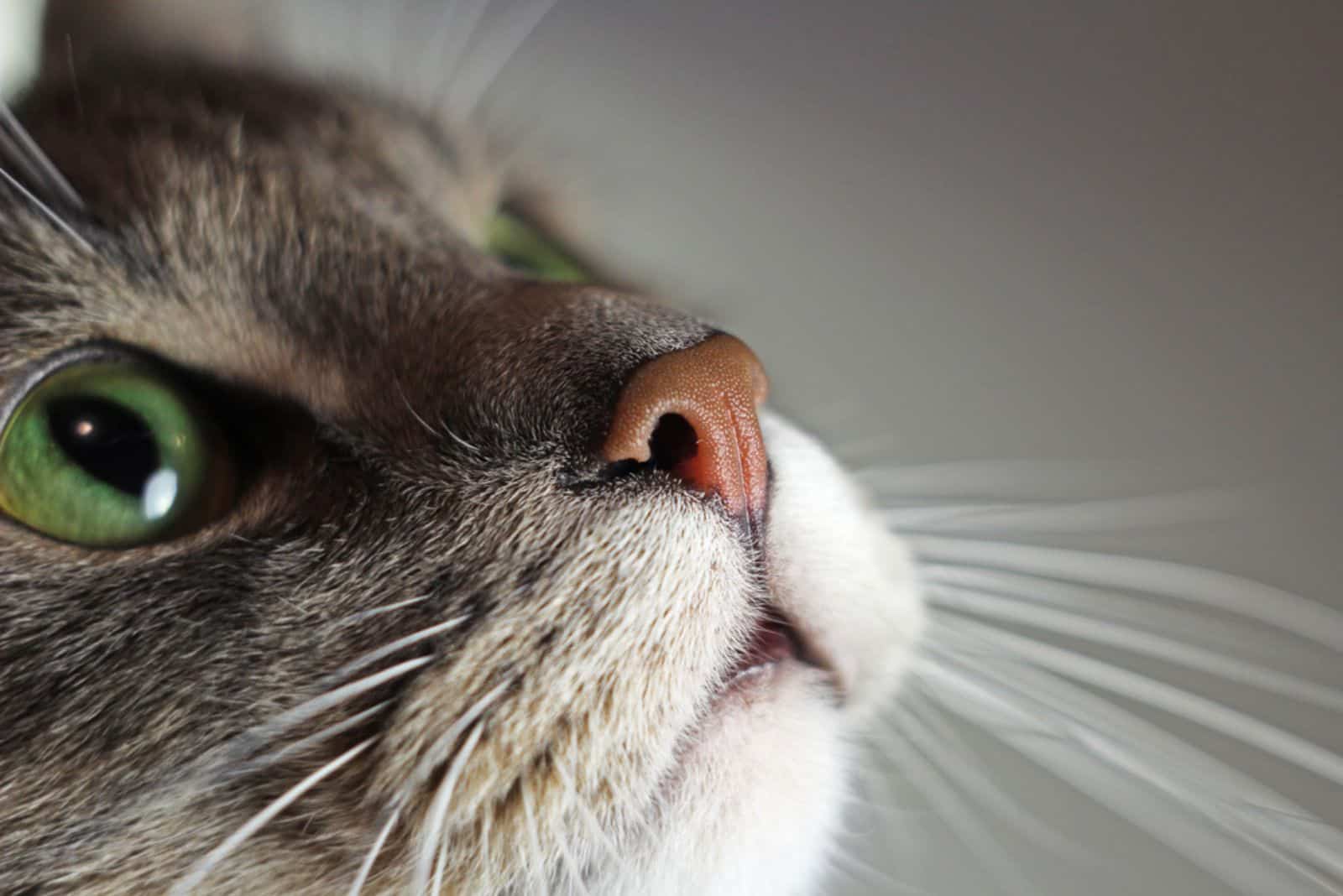
Cleaning your cat’s nose thoroughly does not mean you’ve solved the problem. Although it’s helpful to clean it, it’s more important to get to the bottom of your cat’s problem and solve it so it doesn’t recur.
Making an appointment at your local vet should be your first step, then cleaning your cat’s nose, and then going to the vet! I’m sure your cat’s wellness is your top priority, and this will ensure your cat is healthy.
Of course, if your cat’s black crusties are simply kibble powder, dust, or dirt that your cat picked up while sniffing around, then no vet’s visit is required!
In Conclusion
I’ve never said “black boogers” and “crusties” as much as I did writing this article. However, it needed to be done and thank you for bearing with me!
As a pet parent myself, I try to do whatever I can to learn more about my cat’s potential health issue, even if it means reading an article about black boogers and scabs! So, let’s go over the most important details once more.
The potential causes of a cat nose with a crusty black appearance include:
• Powder from dry kibble sticking to a cat’s nose
• Dirt or dust sticking to a cat’s nose
• An injury that created a scab
• Foreign object in the nasal passage
• Upper respiratory infection (URI)
• Lentigo
• Feline herpesvirus infection
• Fungal infection
• Sinusitis
• Nasopharyngeal polyps
• Nasal tumor
Some of these causes of black boogers and crusties are more serious than others. Either way, visiting the vet is the right thing to do if you don’t know the actual cause.
I’m sure your pet’s health will be in perfect order, just visit the vet to make 100% sure!


